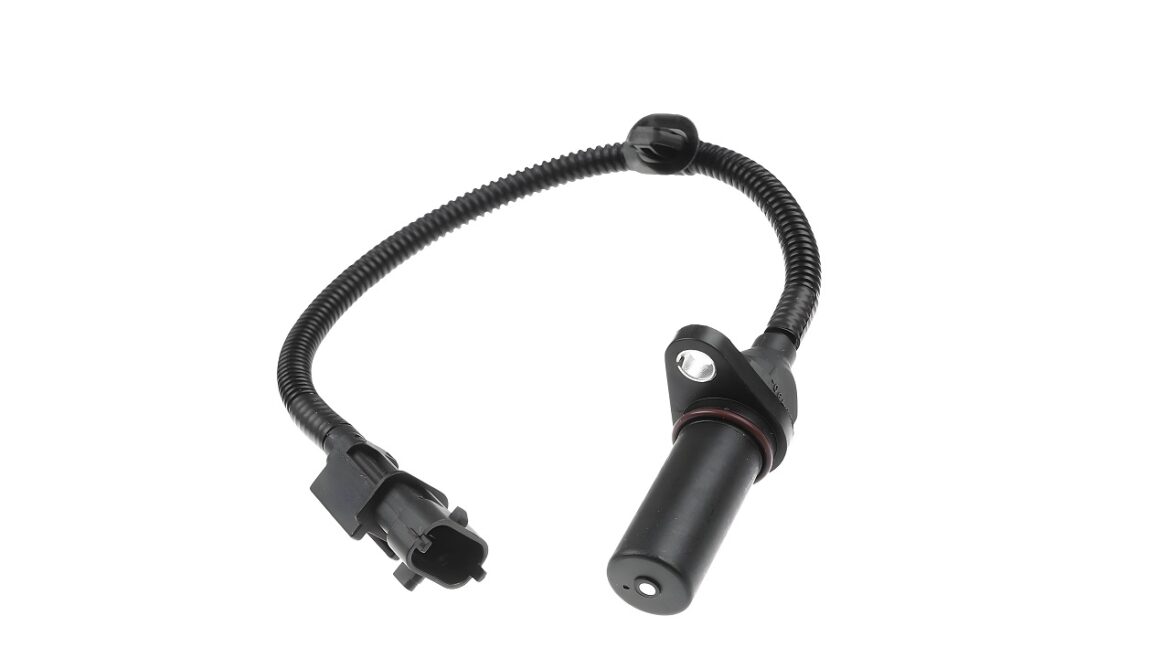In the intricate realm of modern automobiles, where engineering meets technology, the significance of various components cannot be overstated. Amid these components lies one often underappreciated yet essential part: the crankshaft position sensor. This article sheds light on the pivotal role played by the crankshaft position sensor, its operational mechanics and its common complications. If you want more in-depth knowledge, click A-Premium crankshaft position sensor.
Understanding the Crankshaft Position Sensor
The acronym CKP, short for crankshaft position sensor, denotes a critical member of the engine management ensemble found in most contemporary vehicles. Its primary task involves meticulous monitoring of the crankshaft’s rotational speed and position. These parameters hold the key to determining precise ignition timing and the sequence for fuel injection. The real-time data gathered by this sensor facilitates the engine control unit (ECU) in making prompt, accurate adjustments, ultimately leading to optimized combustion efficiency and overall engine performance.
Mechanism and Functionality
At the heart of its operation, the CKP sensor adheres to a straightforward yet effective principle. Typically positioned near the crankshaft’s flywheel or harmonic balancer, this sensor incorporates either a magnetic or Hall-effect technology. As the crankshaft revolves, the sensor detects the presence of notches or teeth on the wheel’s surface. This detection generates electrical signals, which are then transmitted to the ECU. Through meticulous analysis of the frequency and timing of these signals, the ECU is equipped to discern the crankshaft’s rotational speed and position precisely.
Significance of Accurate Data
The accuracy of data derived from the crankshaft position sensor is pivotal for the engine’s smooth operation. The ECU relies on this precise information to effectuate adjustments in ignition timing and fuel injection timing. Even a minuscule inaccuracy in the data can trigger misfires, decreased fuel efficiency, and escalated emissions. In extreme scenarios, an erroneous signal from the CKP sensor could culminate in engine stalling or even prevent the engine from starting.
Common Issues and Indications
Just like any mechanical component, the crankshaft position sensor is vulnerable to wear and functional degradation over time. Several common issues associated with this sensor include:
Sensor Failure
Complete sensor failure translates to the cessation of signals to the ECU. This, in turn, can give rise to uneven idling, ignition difficulties, and subpar overall performance.
Intermittent Signals
Occasional generation of signals owing to wiring anomalies or sensor damage can result in sporadic misfires and inconsistent engine behavior.
Diminished Performance
A worn-out CKP sensor might provide imprecise data, ultimately leading to compromised engine efficiency, reduced power output, and heightened fuel consumption.
Check Engine Indicator
Dysfunctional CKP sensors often trigger the illumination of the check engine light on the dashboard. Deciphering diagnostic trouble codes (DTCs) can aid in identifying the specific issue.
Engine Stalling
In severe cases, a malfunctioning CKP sensor can precipitate engine stalling while the vehicle is in motion, posing significant safety risks.
Embracing Quality Sensors
Given the pivotal role of the crankshaft position sensor, the selection of high-quality replacements assumes paramount importance. Platforms such as a-premium.com are renowned for delivering superior automotive components, including top-tier CKP sensors. Opting for quality guarantees a prolonged lifespan, precise data transmission, and elevated engine performance.
Installation and Upkeep
The installation of a fresh CKP sensor necessitates precision and meticulousness. Accurate alignment with the teeth or notches on the flywheel is imperative for ensuring precise readings. Additionally, a secure and clean connection to the ECU is a non-negotiable prerequisite.
Regular maintenance and vigilant inspection can avert CKP sensor-related predicaments. Sustaining a clean sensor and a debris-free wiring harness can extend its longevity and uphold optimal performance.
Conclusion
Though diminutive in size and often overshadowed, the crankshaft position sensor exerts a profound influence on engine performance. From orchestrating precise ignition timing to overseeing efficient fuel injection, this sensor is pivotal in the machinery of contemporary automobile engines. Grasping its functionality, identifying common issues, and opting for superior replacements represent essential steps in preserving a vehicle’s operational smoothness. As technology hurtles forward, components like the CKP sensor will undoubtedly evolve, further enhancing engine efficiency and the overall driving experience.
